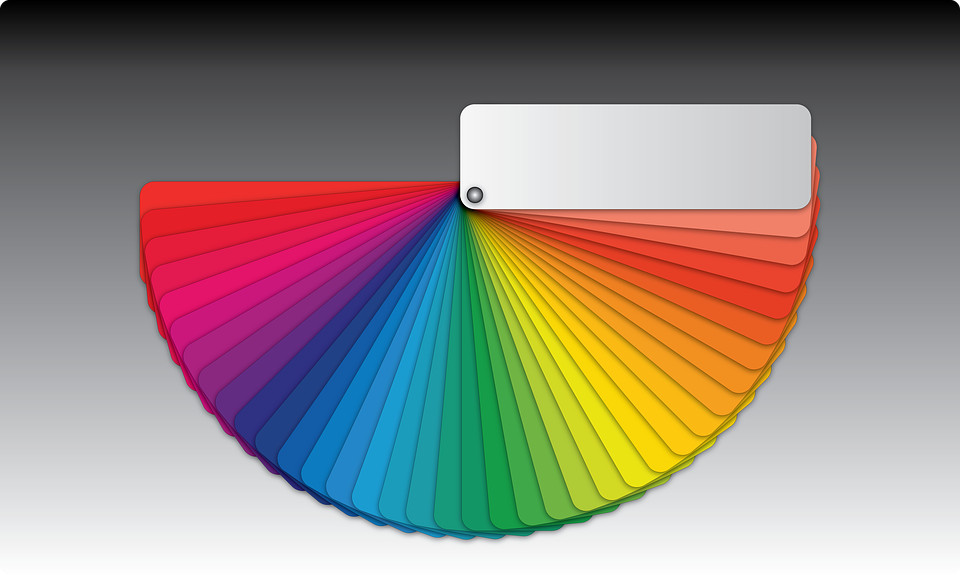Choosing a color for your website goes way beyond just picking your favorite hue. There is actually a lot of science and psychology involved, and companies are using color theory to their fullest advantage to get specific reactions from their consumers. When choosing the color scheme for your website, there are a lot of factors that you need to consider. In the grand scheme of starting your business, you might think that website colors are a small matter, but every part of your website influences the user experience and can sway a potential customer to keep reading or closing the tab completely.

If you’re not sure where to start, here are some example color schemes to get your juices flowing.
First Question: What Are You Selling?
One of the first things that you need to consider when choosing a color scheme for your website is what it is you are selling and how colors will influence that theme. A good example of this would be the Loafers Bread website. They sell completely organic products, and their website’s color theme of medium blues, greys, and browns really sends out an earthy, organic vibe.
Blue Bottle’s website color scheme is fairly straightforward because they have a complete understanding of what they want to sell. They sell coffee, and their main color is a particular shade of blue. All of the colors on their website are specifically designed to support and highlight their principal product.
Second Question: How Are You Selling Your Brand?
Another thing you can do to determine the best colors for your website is to think about what it is you are selling and how you are selling it. Getting into this mindset is crucial because colors can greatly impact the emotions that your customers feel. Financial websites, for example, commonly use blue as the central theme because that color makes people feel like the bank is trustworthy. This is the reason why Marqeta, an innovative payment card financial institution, uses dark blue, purple, and cyan in their color scheme. They want their consumers to feel that they can be trusted with their money.
Another example is Taxumo, which is a tax filing website. You’d think that they would be using a traditional, conservative business-centric website scheme; however, they understand that filing taxes is most people’s least favorite activity, so their approach is to make it appear more fun and inviting. They market their brand as something friendly, and the bright yellow and blue colors on their website inspire cheer instead of intimidation.
Colors can add another dimension and layer to your website, so you need to spend time thinking about how you want customers to view your brand. Color schemes significantly change the way people perceive your website, so choose your palette with care.
